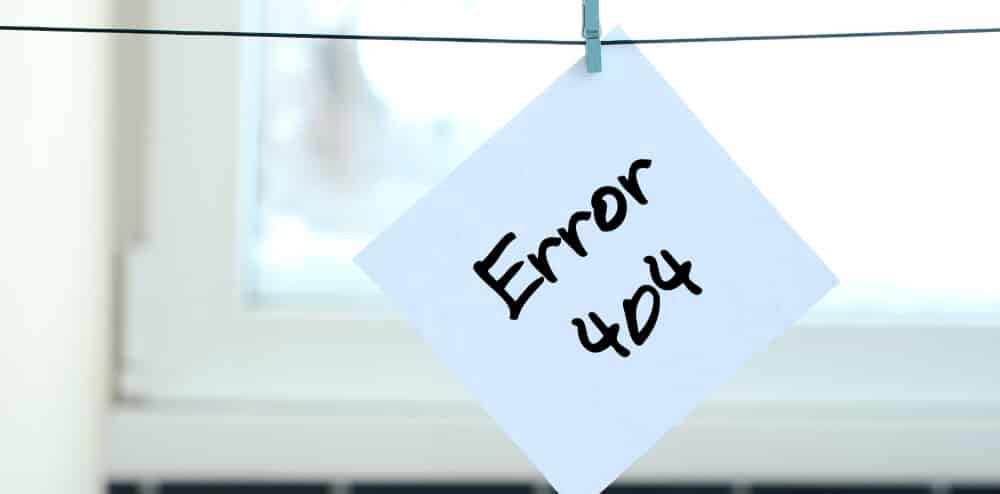When you start with your website, you often tend to spend time and planning for the content and presentation. All these can be possible only when you secure your website against all kinds of malware, hacking and spam. However safe you might feel about your system, network or server, it is exposed to the vast worldwide internet. This makes your website, however small it may be, as vulnerable as any other popular or bigger brand websites.
A thorough vulnerability check can reveal a lot of loopholes and possibilities of breach into your website. This security check needs to be done on an ongoing basis once the website has been created and launched.
There are various kinds of threats that a website can be vulnerable to :
Lack of HTTPs:
Traditionally HTTP is not encrypted and is open to all kinds of attacks. This places important information like user credentials, cookies and important data at risk for attack. Once attacked, this website which you have created, and paid for, can be highjacked and controlled by the attacker for his own purposes. Various softwares and website hosting providers have come up with tools like SSL certificates to take care of security of the website.
Cross-site Scripting:
Attackers use cross-site scripting to enter malicious scripts and content on web pages of your website. This can drastically affect your visitors and customers. This is one of the most commonly occurring security breach on a website.
SQL injection:
Attackers make use of some loopholes in the data entry mechanisms of the website, interfere with the SQL queries and gain access to the database of a website. This would eventually make data exfiltration and remote code execution possible for the attackers. You can reduce the risk of attack on SQL by using parameterized queries and stored procedures, which enables the database to differentiate between user data and SQL code. Applications like Firewalls can block infiltration in general, but your website might still be vulnerable to targeted attacks.
Cross-site Request Forgery:
HTML forms which do not offer integrity validation can enable a cross-site request forgery attack. This attack can make the owner’s web browser to perform an unwanted action, risking the security and integrity of the website. These vulnerabilities can be prevented by applying CSRF tokens wherever forms are used, especially those which undertake authenticated actions like password change.
Outdated Software:
The easiest thing to do to keep your website safe is to keep updating it regularly as and when updates are available in the hosting service. Updating your website also means that the latest versions are already bug-fixed and immune to the recent bugs.
While planning to build a website, its contents, forms and webpages, it is important to have the security checks also included in the plan. It would be easier to allocate a couple of hours fixed on a particular date and time to run a security test for your website. Minor issues, updating some installations and reconfiguring some security settings can be easily handled within this given time.
Once the security check is done, it is important to understand that minor issues need immediate fixing so that it does not pose a bigger problem. Sometimes, a security scan can find some minor issues and then you can go for a deeper scan. Some security softwares produce a threat score that can give you an idea about how vulnerable your website is for security breach.












